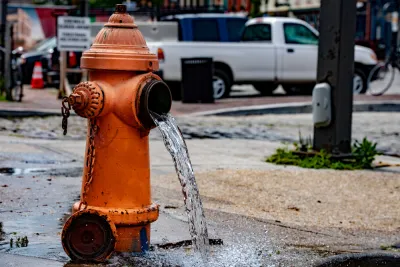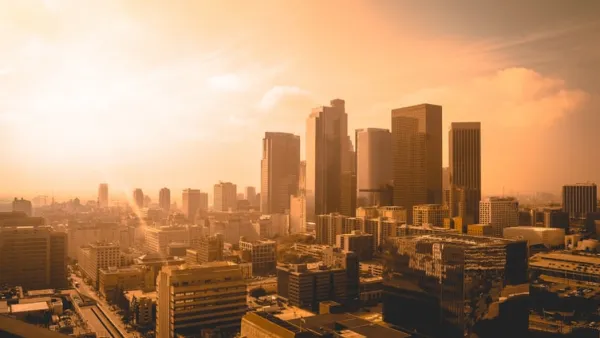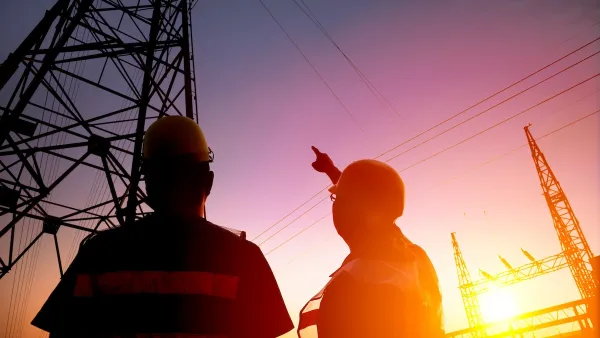A recently published report finds more evidence to elevate heat as a matter of environmental justice.

Meg Anderson and Sean McMinn report on the connection between urban heat islands and neighborhoods with high proportions of low-income people of color.
The article starts with the example of Baltimore, where the franklin Square neighborhood is "hotter than about two-thirds of the other neighborhoods in Baltimore — about 6 degrees hotter than the city's coolest neighborhood."
"It's also in one of the city's poorest communities, with more than one-third of residents living in poverty," according to Anderson and McMinn.
The article is sharing news of a recent investigation by NPR and the University of Maryland's Howard Center for Investigative Journalism.
"In dozens of major U.S. cities, low-income neighborhoods are more likely to be hotter than their wealthier counterparts," according to the article. "Those exposed to that extra heat are often a city's most vulnerable: the poorest and, our data show, disproportionately people of color."
The investigation echoes a report from earlier this year that connects shade with environmental justice, exemplified in that case by the city of Los Angeles. In the case of Baltimore, Anderson and McMinn make it clear that the city is not a special case: "NPR analyzed 97 of the most populous U.S. cities using the median household income from U.S. Census Bureau data and thermal satellite images from NASA and the U.S. Geological Survey. In more than three-quarters of those cities, we found that where it's hotter, it also tends to be poorer. And at least 69 had an even stronger relationship than Baltimore, the first city we mapped."
FULL STORY: As Rising Heat Bakes U.S. Cities, The Poor Often Feel It Most

National Parks Layoffs Will Cause Communities to Lose Billions
Thousands of essential park workers were laid off this week, just before the busy spring break season.

Retro-silient?: America’s First “Eco-burb,” The Woodlands Turns 50
A master-planned community north of Houston offers lessons on green infrastructure and resilient design, but falls short of its founder’s lofty affordability and walkability goals.

Delivering for America Plan Will Downgrade Mail Service in at Least 49.5 Percent of Zip Codes
Republican and Democrat lawmakers criticize the plan for its disproportionate negative impact on rural communities.

Test News Post 1
This is a summary

Test News Headline 46
Test for the image on the front page.

Balancing Bombs and Butterflies: How the National Guard Protects a Rare Species
The National Guard at Fort Indiantown Gap uses GIS technology and land management strategies to balance military training with conservation efforts, ensuring the survival of the rare eastern regal fritillary butterfly.
Urban Design for Planners 1: Software Tools
This six-course series explores essential urban design concepts using open source software and equips planners with the tools they need to participate fully in the urban design process.
Planning for Universal Design
Learn the tools for implementing Universal Design in planning regulations.
EMC Planning Group, Inc.
Planetizen
Planetizen
Mpact (formerly Rail~Volution)
Great Falls Development Authority, Inc.
HUDs Office of Policy Development and Research
NYU Wagner Graduate School of Public Service





























